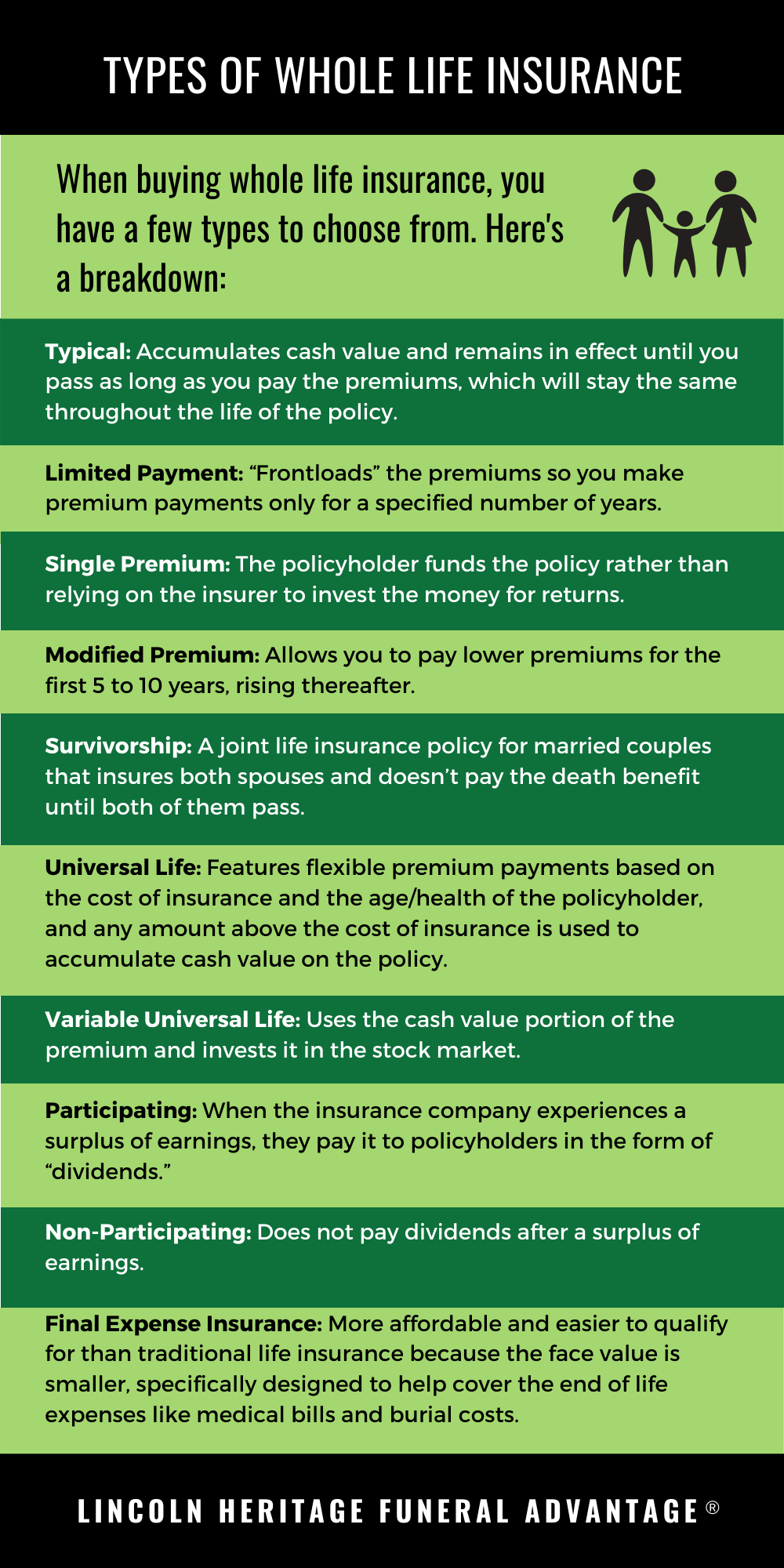Leg Injuries from Car Accidents
Leg injuries, like the one John sustained in his recent car accident, are among the most common types of injuries resulting from motor vehicle collisions. These injuries can range from minor sprains and strains to severe fractures and dislocations. The severity of the injury and its impact on the victim’s life can depend on the type of force involved in the accident, the way the leg was impacted, and the individual’s overall health. Understanding the causes, symptoms, and potential complications of leg injuries from car accidents can help individuals mitigate their risks and enhance their recovery process.
Causes of Leg Injuries in Car Accidents
Leg injuries in car accidents often occur due to the impact of the collision and the sudden shifts in force that can result from a sudden stop or change in direction. Common causes include direct blows to the leg from the dashboard, steering wheel, or other parts of the vehicle, as well as twisting or bending forces that can cause sprains, strains, and fractures. The type and severity of the injury will vary depending on the nature of the impact and the individual’s position within the vehicle at the time of the accident.
Types of Leg Injuries
Leg injuries from car accidents can manifest in various forms, including sprains, strains, fractures, and dislocations. Sprains occur when ligaments, which connect bones, are stretched or torn. Strains involve injuries to muscles or tendons, which connect muscles to bones. Fractures occur when bones are broken, while dislocations involve bones being forced out of their normal position at a joint. The severity of these injuries can range from mild to severe, with some requiring extensive medical intervention, including surgery or physical therapy. It is crucial for individuals who have sustained a leg injury in a car accident to seek prompt medical attention to determine the extent of their injury and receive appropriate treatment.
Symptoms of Leg Injuries
The symptoms of leg injuries from car accidents can vary depending on the type and severity of the injury. Common symptoms include pain, swelling, bruising, deformity, and limited range of motion. Pain is often the most immediate symptom, and its intensity can provide an indication of the severity of the injury. Swelling and bruising may appear gradually over time, and the extent of these symptoms can indicate the degree of soft tissue damage. Deformity, which refers to an abnormal appearance or shape of the leg, may be a sign of a fracture or dislocation. Limited range of motion, which involves difficulty moving the leg or putting weight on it, can also be a symptom of various leg injuries. Experiencing any of these symptoms after a car accident warrants seeking prompt medical evaluation to assess the injury and determine the appropriate course of treatment.
Leg Injuries From Car Accidents
Car accidents can take a toll on the human body, often resulting in severe injuries. Leg injuries are particularly common in these types of accidents, ranging from minor sprains and bruises to life-altering fractures and amputations. Understanding the various types of leg injuries that can occur in car accidents is crucial for victims, their families, and healthcare professionals alike.
Types of Leg Injuries
The impact and forces involved in a car crash can affect the legs in numerous ways. Here are some common types of leg injuries associated with car accidents:
Sprains and Strains
Sprains and strains are among the most prevalent leg injuries in car accidents, caused by the overstretching or tearing of ligaments or muscles. They can range from mild discomfort to severe pain and restricted mobility.
Fractures
Car accidents can inflict fractures or broken bones in the leg. These fractures vary in severity, from hairline cracks to completely shattered bones. Depending on the type and location of the fractures, they may require surgery, casting, or bracing.
Compound Fractures
Compound fractures are severe injuries where the broken bone protrudes through the skin. These injuries require immediate medical attention as they can lead to infection and other complications. Treatment often involves surgery to clean the wound and set the bone.
Knee Injuries
The force of a car accident can damage the knee joint, causing injuries such as ligament tears, meniscus tears, or patellar fractures. These injuries can lead to pain, swelling, and difficulty walking or bending the knee.
Lower Leg Injuries
Lower leg injuries, including ankle sprains, tibia and fibula fractures, and Achilles tendon injuries, are common in car accidents. These injuries can affect mobility and cause significant pain and discomfort.
Amputations
In severe car accidents, leg injuries can result in amputations, which involve the surgical removal of a limb. Amputation is often necessary when injuries are too severe to repair or when there is a risk of infection or other complications.
Leg Injuries from Car Accidents: What to Know
Leg injuries are a common outcome of car accidents, ranging in severity from minor sprains to life-altering fractures. These injuries can result from direct impact, as when a limb is struck by the dashboard or another part of the vehicle, or from indirect forces, such as the sudden twisting or bending of the leg during a collision. The severity of the injury will depend on factors like the force of the impact, the position of the body, and the health of the individual.
Symptoms of Leg Injuries
The symptoms of a leg injury will vary depending on the severity of the injury. Some of the most common symptoms include:
- Pain, which can range from mild to severe
- Swelling
- Bruising
- Deformity, such as a visible bend or twist in the leg
- Numbness or tingling
- Difficulty walking
Treatment for Leg Injuries
The treatment for a leg injury will depend on the severity of the injury. Minor injuries, such as sprains and strains, may only require rest, ice, and compression. More severe injuries, such as fractures, may require surgery to repair the damaged bone.
In addition to medical treatment, there are a number of things you can do to help your leg injury heal properly. These include:
- Resting the injured leg
- Applying ice to the injured area
- Compressing the injured area
- Elevating the injured leg
- Taking pain medication
- Following your doctor’s instructions
Recovery from Leg Injuries
The recovery time for a leg injury will depend on the severity of the injury. Minor injuries may only require a few days or weeks to heal, while more severe injuries may take months or even years to heal completely. During the recovery process, it is important to follow your doctor’s instructions carefully and to avoid putting too much strain on the injured leg. With proper care, most leg injuries will heal completely and you will be able to regain full use of your leg.
Leg Injuries From Car Accidents: What You Need to Know
A leg injury from a car accident can range from minor to severe, and the treatment will vary depending on the type and severity of the injury. If you’ve been in a car accident and are experiencing pain or discomfort in your leg, it’s essential to seek medical attention right away. A doctor will be able to assess the injury, determine the best course of treatment, and recommend steps to avoid further complications.
Causes of Leg Injuries in Car Accidents
Leg injuries in car accidents can occur in various ways. Some of the most common causes include:
- Direct impact from the collision
- Being pinned between the vehicle and another object
- Falling or being thrown from the vehicle
Symptoms of Leg Injuries
The symptoms of a leg injury from a car accident can vary depending on the severity of the injury. Some common symptoms include:
- Pain
- Swelling
- Bruising
- Difficulty walking or bearing weight on the leg
- Numbness or tingling
- Deformity
Treatment for Leg Injuries
Treatment for a leg injury from a car accident will depend on the type and severity of the injury. Some common treatments include:
- Rest
- Ice
- Compression
- Elevation
- Pain medication
- Physical therapy
- Surgery
Preventing Leg Injuries in Car Accidents
While not all leg injuries in car accidents can be prevented, there are some things you can do to reduce your risk, such as:
- Wearing a seatbelt
- Adjusting your seat so that there is about 10 inches between your chest and the steering wheel
- Keeping your feet on the floorboard
- Avoiding distractions while driving
Leg Injury from Car Accident
Leg injuries sustained in car accidents can be debilitating, affecting a person’s mobility and overall well-being. They range from minor bruises to severe fractures and ligament tears, each presenting its own set of complications.
Complications of Leg Injuries
The extent and severity of complications associated with leg injuries vary depending on the type and severity of the initial injury. But some of the most common complications include:
Pain
Pain is one of the most common complications of leg injuries. It can range from mild discomfort to severe, debilitating pain that makes it difficult to walk or move. The pain may be constant or intermittent, and it can last for weeks, months, or even years after the initial injury.
Stiffness
Stiffness is another common complication of leg injuries. It can occur when the muscles and tendons around the injured area become tight and shortened. This can make it difficult to move the leg, and it can also lead to pain and discomfort.
Mobility Problems
Leg injuries can also lead to mobility problems. These problems can range from difficulty walking or running to complete paralysis. The severity of the mobility problems will depend on the extent and severity of the initial injury.
Nerve Damage
Nerve damage is a serious complication that can occur with leg injuries. It can cause numbness, tingling, or weakness in the leg. In severe cases, it can lead to permanent nerve damage.
Infection
Infection is another potential complication of leg injuries. It can occur when bacteria or other microorganisms enter the wound. Infection can lead to pain, swelling, and redness around the wound. In severe cases, it can spread to the bone or other parts of the body.
Leg injuries from car accidents can range from minor cuts and bruises to life-changing trauma. The impact of a collision can cause bones to break, muscles to tear, and nerves to be damaged. These injuries can lead to chronic pain, disability, and even death. If you’ve suffered a leg injury in a car accident, it’s important to seek medical attention immediately. Early treatment can help to minimize pain, prevent further damage, and improve your chances of a full recovery.
Preventing Leg Injuries in Car Accidents
There are a number of things you can do to help prevent leg injuries in car accidents, such as:
- Wear a seat belt.
- Drive defensively.
- Adjust your seat so that your feet can reach the pedals comfortably and your knees are slightly bent.
- Keep your feet flat on the floor and avoid resting them on the dashboard or door.
- Don’t drive while intoxicated or fatigued.
- Be aware of your surroundings and anticipate potential hazards.
What to Do If You’re Involved in a Car Accident
If you are involved in a car accident, there are a few things you should do to protect your health and legal rights:
- Stay calm and assess the situation.
- Check for injuries and seek medical attention if necessary.
- Exchange information with the other driver(s) involved.
- Report the accident to the police.
- Take photos of the scene and your injuries.
- Contact your insurance company.
Treatment for Leg Injuries
The treatment for leg injuries from car accidents will vary depending on the severity of the injury.
Minor injuries, such as cuts and bruises, can usually be treated with rest, ice, compression, and elevation (RICE). More serious injuries, such as broken bones and nerve damage, may require surgery.
Recovering from a Leg Injury
Recovering from a leg injury from a car accident can be a long and challenging process. Physical therapy can help to improve range of motion, strength, and balance. In some cases, surgery may be necessary to repair damaged bones or nerves.
Preventing Leg Injuries in Car Accidents
Wearing a seat belt is the most important thing you can do to prevent leg injuries in a car accident. Seat belts keep you in place and prevent you from being thrown around the vehicle in the event of a crash. They can also reduce the risk of being ejected from the vehicle, which can lead to even more serious injuries.
Driving defensively is another important way to prevent leg injuries in car accidents. This means being aware of your surroundings and anticipating potential hazards. It also means driving at a safe speed and following the rules of the road.
Adjusting your seat so that your feet can reach the pedals comfortably and your knees are slightly bent can also help to prevent leg injuries. This will help to keep your legs in a safe position in the event of a crash.
Keeping your feet flat on the floor and avoiding resting them on the dashboard or door can also help to prevent leg injuries. If your feet are on the dashboard or door, they are more likely to be injured in a crash.
Don’t drive while intoxicated or fatigued. Alcohol and fatigue can impair your judgment and reaction time, which can increase your risk of being involved in a car accident. If you are intoxicated or fatigued, find a safe place to pull over and rest before continuing your journey.
Being aware of your surroundings and anticipating potential hazards can also help to prevent leg injuries in car accidents. This means paying attention to the road and other vehicles, and being prepared to react to sudden changes in traffic conditions.




Leave a Reply